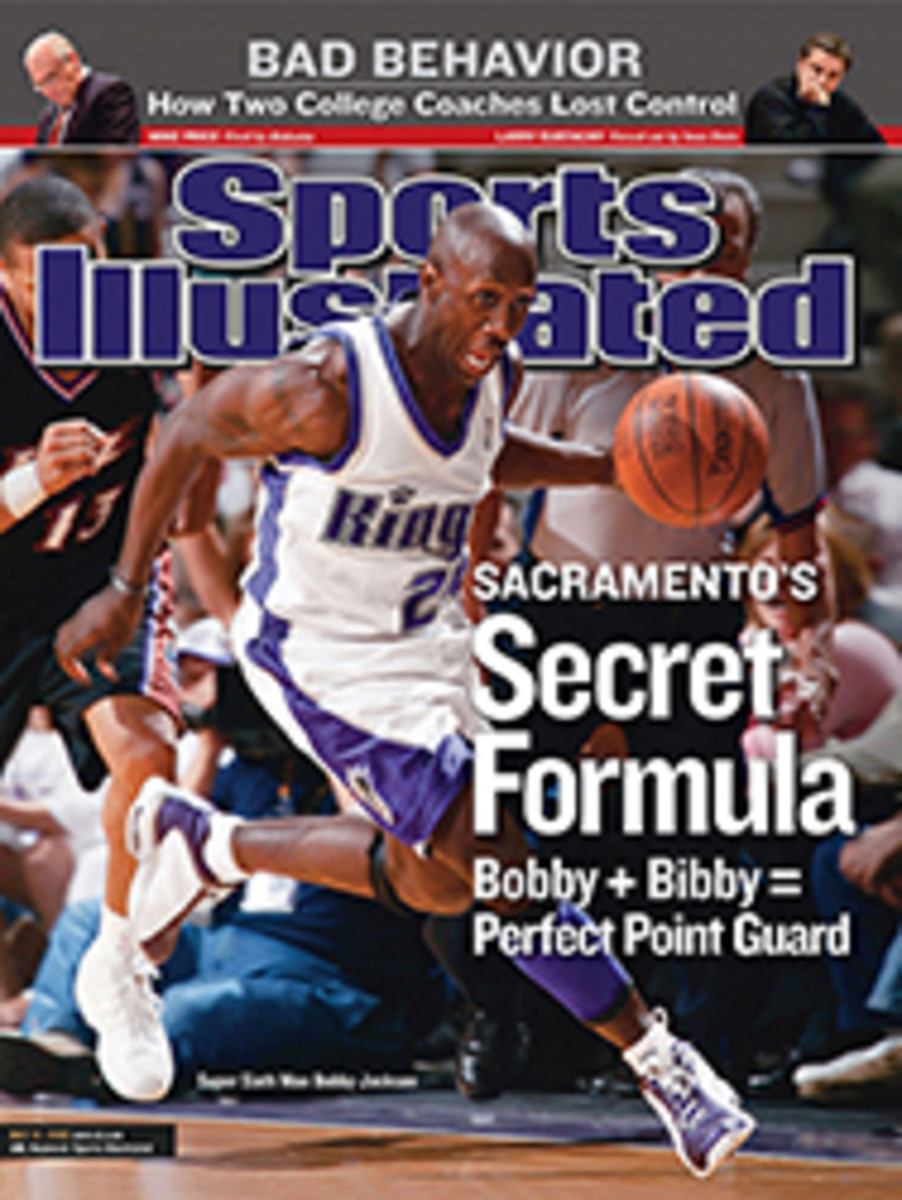
What's Wrong With This Picture? A lack of diversity is harming the National Minority tournament
When I was the seventh-or eighth-ranked player at Florida A&M in
the mid-1990s, many of the historically black colleges we
competed against were just beginning to recruit their first white
players, from the U.S. and abroad. For those of us who grew up
supporting black colleges, it was an ominous sign of things to
come. In recent years white players representing black schools
have become the rule, not the exception, and last week I attended
the 17th annual National Minority College Golf Championship to
see how much the face of minority golf has changed. The
tournament, held under the paternalistic watch of the PGA of
America at its PGA Golf Club in Port St. Lucie, Fla., turned out
to be a showcase of the best nonblacks from 14 historically black
colleges, plus predominantly Hispanic Texas-Pan American and
Johnson & Wales, a culinary-arts and business university with
five campuses nationwide, including a North Miami branch that
school officials repeatedly pointed out is 70% black and
Hispanic.
Bethune-Cookman, of Daytona Beach, won the Division I title with
four white players--two Canadians, an Australian, an
Englishman--and a native of Calcutta. Johnson & Wales took the
Division II crown with four white Americans and an Argentine.
Indeed, only five of the 30 players on the top six teams in the
field could be classified as minorities.
All of this would surely have been dispiriting to the late Dr.
Herschel Cochrane, the former president of the National Negro
Golf Association who conceived the tournament in 1986 to
encourage the participation of black golfers at historically
black colleges. The PGA took over cosponsorship of the event in
1998, and ever since, the mission has become sanitized and less
specific--and ultimately less effective. Minority is now used as
camouflage for a strategic ambiguity about race. Any college with
a student body made up predominantly of minorities (currently or
historically) is eligible to compete in the championship, but its
golf team can be as lily-white as the '80's-era Shoal Creek Golf
Club. Some may consider this an appealing sort of reverse
affirmative action, but college golf already has the NCAAs to
identify the best players and teams. The National Minority
College Championship was founded to foster camaraderie and
competition among black players at historically black schools,
but that unique atmosphere has become a casualty of today's
win-at-all-costs mentality.
I once played in a match against an upper-middle-class white
Toronto native who told me he didn't know he was going to be
attending a black college until the day he arrived at school. The
kids can't be blamed for accepting scholarships; they simply
want somewhere to play. It is up to the coaches and alumni to
recruit black student-athletes and to restore the meaning of the
tournament. At this year's awards dinner PGA boss Jim Awtrey
called the National Minority one of his organization's major
championships. To me, that mentality is a big part of the
problem, but apparently I'm in the minority.
--Farrell Evans
COLOR PHOTO: MONTANA PRITCHARD (TEAM) COLOR BLIND Johnson & Wales took the Division II title with fourwhite Americans and an Argentine.

